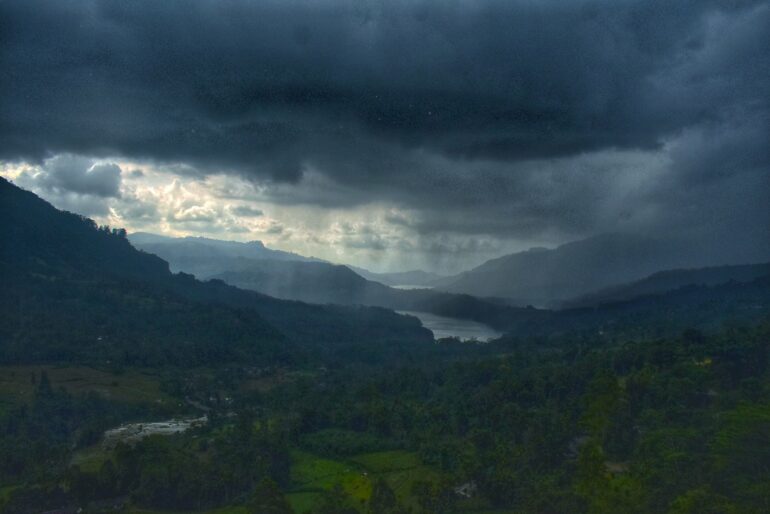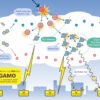The South Asian monsoon, also known as Indian summer monsoon (ISM), is crucial for the food security and socioeconomic well-being of 40% of the world’s population. From a historical perspective, fluctuations in monsoon rainfall have been linked to the rise and fall of civilizations in the Indian subcontinent. Now researchers are increasingly concerned that global warming may threaten the stability of the monsoon system, but accurate predictions have been hampered by the lack of long-term climate data in the Indian subcontinent.
A new study in the journal PNAS by a team of researchers from the Max Planck Institute for the Science of Human History, Kiel University and the Alfred Wegener Institute of the Helmholtz Centre for Polar and Marine Research, seeks to strengthen climate predictions by reconstructing Indian summer monsoon rainfall changes during the past 130,000 years.
The study reports for the first time that the Indian summer monsoon during the Last Interglacial was weakened by sustained high sea surface temperatures in the equatorial and tropical Indian Ocean, indicating that modern rises in sea temperature could increase droughts in South Asia.
Sedimentary biomarkers in paleoclimate archives: A window into the past
Solar radiation is often considered the primary influencer of the Indian summer monsoon’s intensity, with elevated solar radiation increasing humidity, wind circulation, and ultimately precipitation. Higher levels of solar radiation during the Last Interglacial should have therefore led to increased monsoon intensity, but this effect has never been verified with paleo-proxy data.
To reconstruct past Indian summer monsoon rainfall, the researchers analyzed a 10-meter-long marine sediment core



